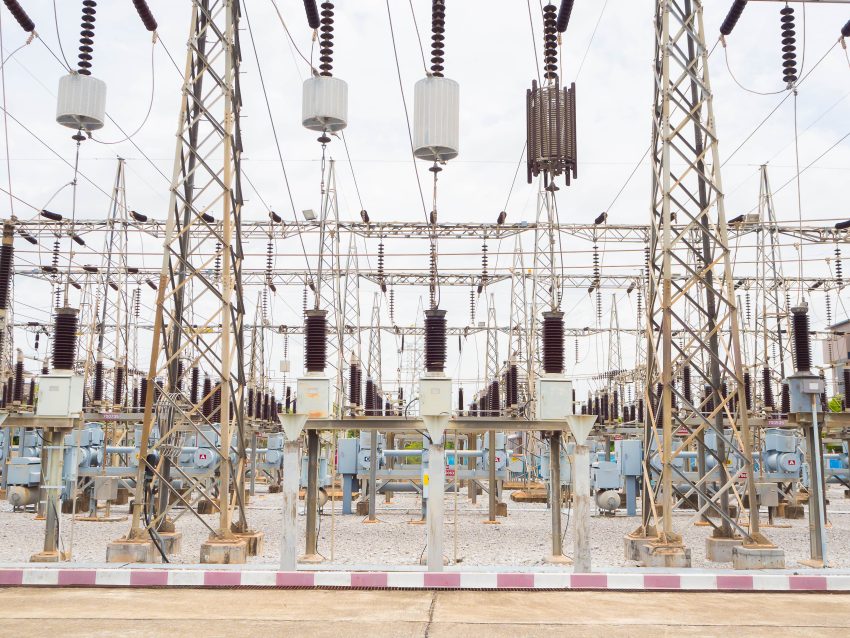Electricity is changing rapidly in the manner it is being handled. The power systems are also getting more responsive, efficient and better connected with the increase in the number of smart grids. The point of this change is the substation design, which is one of the main aspects of maintaining the modern energy demands.
The smart grids are based on bilateral communication of various segments of the power system. They assist electricity providers so that they can monitor, control and respond to real time changes in the use of electricity. To facilitate this, substations, where the electrical power is stepped up or down, should be able to cater to more than electrical current. They must be able to facilitate the data collection, remote control, and automatic responses. This complicates the design of substations and appears more significant than ever before.
Why Smart Grids Need Smarter Substations
In the traditional grids, the substations used to work in a rather manual and isolated fashion. More active and smart versions of such systems are needed in smart grids, however. That means incorporating sensors, communication systems, and automated control. With these characteristics, faults high- and low-side, faulted buses, and changes in load can be detected in real-time, and power redirection functions can be implemented.
The plans of a modern substation do not only offer high-voltage equipment such as switchgear and transformers but also the digital tools delivering automated decision-making. As an example, smart substations are able to observe the voltage and the current levels and adjust them without human intervention. This assists in stabilizing the grid, particularly, in instances, when additional renewable sources of energy are integrated into the grid, e.g., solar and wind.
Key Features in Smart Substation Design
Among the most significant transformations in the design of substations smart grid-wise is the application of digital communication protocols. They enable various equipment in a substation to exchange information in a fast and reliable way. The data in the substation can also be relayed to the control centers in real time. This enhances detection of faults and acceleration on recovery of outages.
Automation is another significant area of concentration. The substations have now got Intelligent Electronic Devices (IEDs). These units have a capability of executing protection, control and monitoring. These elements combined with sound substation design can be used to achieve a self-regulating system of power.
There is as well the concern of safety and security. Substations are increasingly connected, and it is of significance that they are defended against cyber attacks. This is the reason why design of the present day version of substation incorporates secure gateway, access control and frequent data backup.
Benefits of Modern Substation Design
Through the enhancement of the design of substations, utilities will be able to supply their customers with a more dependable supply of electricity. With automated systems the time to respond to faults is less so there are fewer outages and the recovery is quicker. It results in improved customer satisfaction, as well as reduced maintenance costs.
The cleaner energy can also be achieved through smart substation design. Since renewable sources are not predictable most of the time, substations should also be prepared to make swift changes. These fluctuations can be smoothed with the help of smart systems and the grid will stay balanced and stable.
Moreover, the energy can be managed much better in these designs. Real-time data will enable the power companies to forecast the demand better and design their operations meticulously. This minimises waste and endorses long-term sustainability.
Conclusion
With the demand for cleaner and more reliable energy on the rise, the importance of thoughtful substation design will only go up. By adopting automation, data integration, and smarter controls, a future-ready power system can be built which can meets the needs of both providers and consumers in the truest terms.

